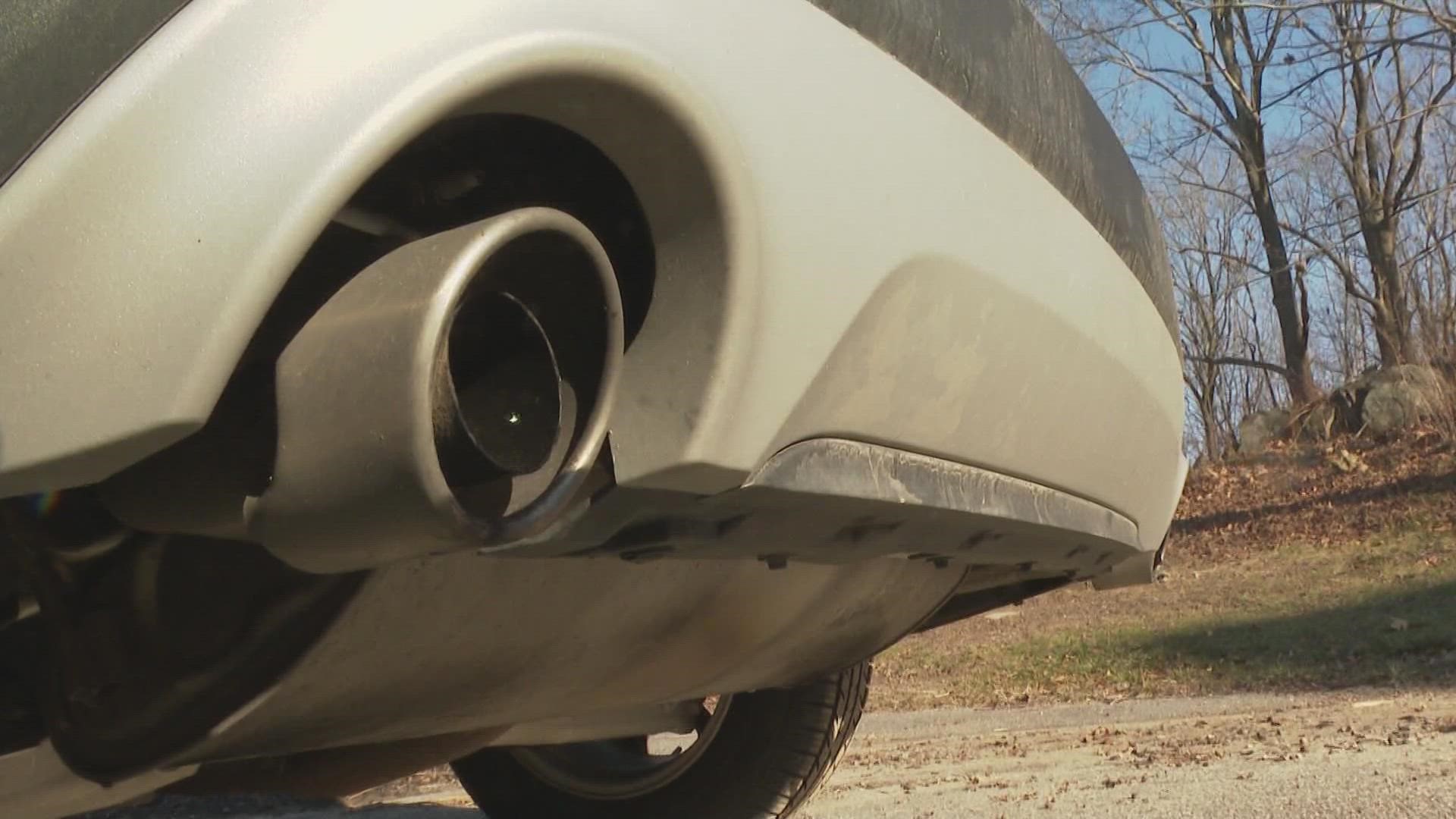BIDDEFORD, Maine — Fighting climate change can take a bit of soul-searching.
Dr. Charles Tilburg heads the University of New England’s marine and environmental programs and encourages his students, like freshman Miranda Carrabba, to find their carbon footprint.
"You can’t make any changes until you know what effect you’re actually having on the environment," Tilburg said, during a Monday morning interview on the school's Biddeford campus.
"If we start young—even younger than me—and start making these changes in our lifestyles... hopefully, we can mitigate [climate change] effects," Carrabba explained.
A carbon footprint is how much greenhouse gas a person, company, or municipality emits into the environment, often expressed in carbon dioxide.
There are multiple free footprint calculators online, including one offered by the Environmental Protection Agency that can pinpoint exactly how much we account for.
Dr. Jon Rubin is a UMaine economist. While he uses the EPA calculator with his students, he said they can get bogged down if they don’t know their specific energy usage numbers, because the website asks for specific energy usage to accurately predict emissions.
"The calculators are also great to realize, 'Oh, if I switched from natural gas from oil, this is how much I could save in terms of greenhouse gas emissions as well as money,'" Rubin explained. "So, it really helps people to understand those choices and that’s a great use of these calculators. The problem with these calculators... is that it requires a fair amount of knowledge by the user in terms of, 'How much do I spend each month on oil, propane, electricity, natural gas?' And most people don’t really know how much on each of those single items they spend each month, and unless you have that information, those calculations are going to be off."
Tilburg prefers the ClimateHero calculator, which asks questions in a basic language instead of kilowatt hours.
"It asks everything from what kind of car you drive to how many times a week you might eat vegetarian…" he said. "So, you can look at it and you can pinpoint, 'This is where I can make the largest difference.'"
Carrabba’s family home in upstate New York sounds a lot like rural Maine.
She doesn’t have an option to bike or bus to places nearby, only one electric company operates in her area, and her house is heated by burning fuel.
After answering the survey questions with Tilburg, Carrabba's estimated carbon footprint was 8.8 tons of CO2 per year. If changes to their commute and energy aren't practical, she said her family is open to other changes.
"My dad, he would do a vegetarian diet," Carrabba smiled. "He’s very healthy and conscious about that, but also conscious about the environment. My mom is as well, but she does love steak."
That’s a key understanding, according to Tilburg: A few people making a few small steps can equal one big one.
"If you have four people, and those four people all cut out meat for two days a week, that is more effective than one person becoming a vegetarian completely," he explained.
Meanwhile, in Orono, Rubin said he reminds his students it’s important to understand progress looks different for everyone.
"What works for one family or one person will not necessarily work for another family or another person," he said. "And it’s important not to judge people too harshly because they’re not being pure or good or whatever. Everybody is trying the best they can."
Trying our best is all we can expect from our neighbors, and it’s what the planet needs.

